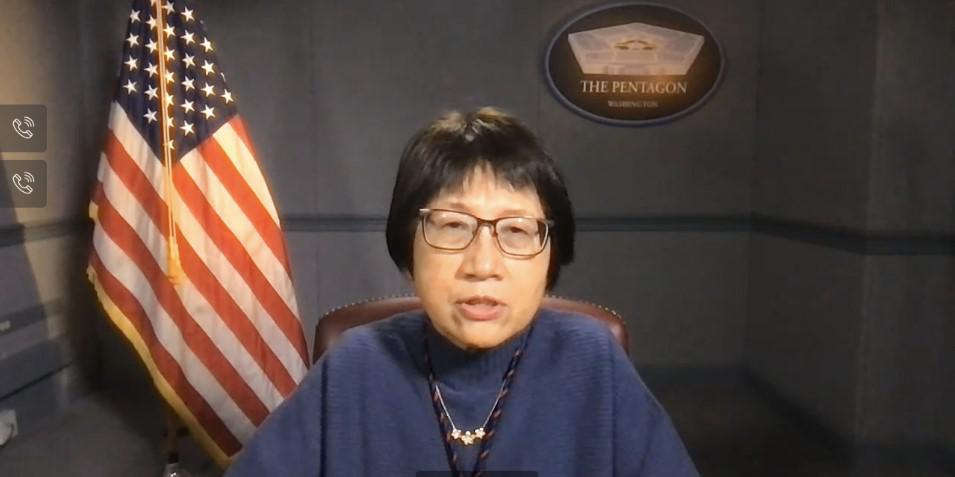Defense Research and Engineering Explores Joint Experimentation
A pair of classified efforts in FY23 will aim to develop and push prototypes into rapid experimentation to fill a joint operational capability gap. These are part of the Office of the Undersecretary of Defense for Research and Engineering’s (USD [R&E’s]) Rapid Defense Experimentation Reserve, or RADER, activity. It is designed to conduct a campaign of joint experimentation, explains Heidi Shyu, the USD (R&E).
Speaking at the Defense Research and Development Summit, Shyu said the office is initiating two sprints in conjunction with the Joint Staff to understand where the capability gaps exist. Out of four different scenarios, the first sprint chosen addresses the primary concern voiced by the secretary of defense. Her office conducted a call across the services for prototypes they may already be developing to address this scenario’s needs. More than 200 white papers were submitted, out of which 32 were selected as having merit to close the capability gap. A combatant command that has responsibility for this scenario spent three days laying out the exercise, Shyu relates. She adds that the other scenarios will be addressed sequentially.
“This is the first time we are fulfilling a [combatant command’s] capability shortfall at the joint level rather than a service-specific shortfall,” she declared.
And this approach underlies what she is aiming to achieve for her office. Shyu is emphasizing teamwork in leveraging the “larger innovation ecosystem” that includes universities, commercial industry, defense industry, federally funded research and development centers, and allies and partners. The office also is establishing a link on its website so that small companies searching to find whom to contact with their innovations can sort through the myriad of different organizations and home in on the correct contact, she adds.
She also is conducting quarterly meetings with the leadership of many of these groups to flush out innovative capabilities that can be applied to Defense Department needs. In addition to meeting with the chief technology officers of prime contractors, she has initiated roundtable discussions with small businesses to tackle contracting impediments they have identified. Meeting with nondefense commercial firms could open the way for the department to get into their processes early enough to affect product designs.
Among partners and allies, the office has engaged with Australia, the United Kingdom, Germany, Israel, Japan, Norway and Singapore, she allows. These engagements are examining critical areas that the United States and each ally is interested in for potential technology collaboration.
Shyu listed more than a dozen top technology priority areas. These include artificial intelligence for trusted autonomy in unmanned systems; integrated sensors and signals intelligence on platforms; more intuitive interfaces on weapons systems; and quantum computing. Hypersonics are vital, as are high-power microwave systems. Also needed are lasers, which are beginning to be fielded in the Army and Navy. Biotechnology for innovative uses, such as recent experiments at growing a helipad, has a great future. Materials that are stronger and lighter and can take higher temperatures are important, and their future may lead to the capability of changing properties. On a large scale, the office hopes for faster commercial microelectronics processes as well as advances from commercial space activities.





Comments